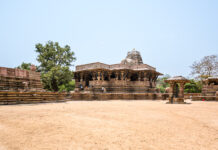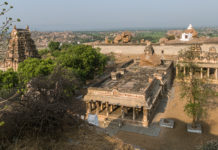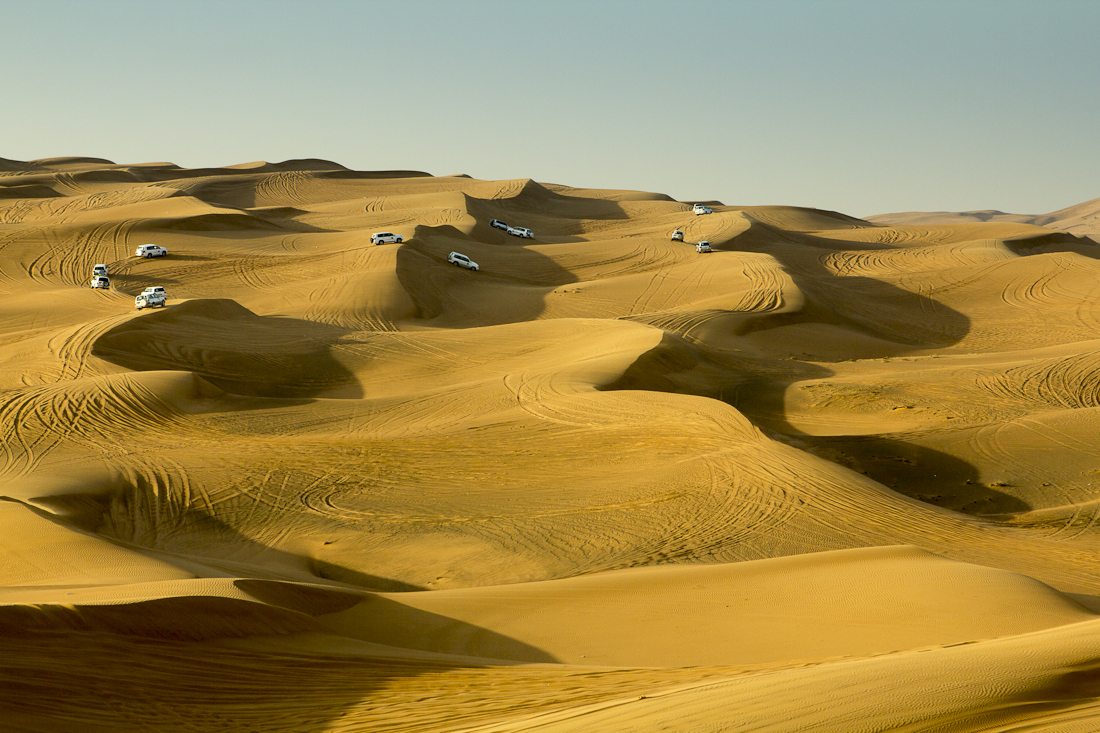Our Planet’s Landmarks Series #42
Royal Observatory Greenwich London
Let’s travel to that landmark where our planet comes full circle. And, East meets West. Beyond establishing the relative location of places on our planet, it provides the basis of relative time across the globe. I talk of the Prime Meridian. It passes through the erstwhile Royal Observatory, now a part of the National Maritime Museum.
Before delving into its rich history, I must share the observatory is a UNESCO World Heritage Site today.

The context for the Royal Observatory
Medieval Europe took to the seas to further global trade. This simple task was rife with danger. Proper maps that could chart safer sea routes were non-existent. High seas had taken a toll of many a ship. For reducing navigational hazards, there was a need for precision in cartography. And, of better plotting of astronomical movements.

King Charles II appointed a Royal Commission to explore investments in astronomy. On the commission’s recommendation, John Flamsteed was named ‘Astronomical Observator’ in August 1675. That began a new era for Greenwich and for astronomy, time and navigation.
For building the observatory, the commission chose old ruins of Greenwich Castle. It had a dual advantage. One, high ground in a Royal Park housed it, and two, it already had a solid castle foundation available for a new structure. The first structure that came up was the Flamsteed House. And it took just eleven months, and all of £520.45 to build it.

Role of Greenwich
John Flamsteed was the first appointee as ‘Astronomer Royal’. He moved to the newly constructed building that later bore his name. Over his 42-year tenure, he made 50,000 observations of the moon and stars. Between him and the second Astronomer Royal, Edmond Halley, they plotted all the visible stars in the Northern and the Southern hemisphere. Since time and astronomy are inextricably linked, Royal Observatory was key in the development of more precise clocks.

The 1760s saw the introduction of Nevil Maskelyne’s tables for finding longitude at sea using astronomy. Along with John Harrison’s timekeepers, these tables made it possible to chart our planet with scientific accuracy.

In 1818, the observatory got transferred to the Admiralty. Then on, it grew fast. By the late 1800s, there were around 60 people on site. More buildings were then added to the complex to accommodate bigger and newer instruments.
The Prime Meridian and GMT
Since the late 19th century, the Royal Observatory is the historic source of the Prime Meridian of the world or Longitude 0° 0′ 0”. It marks the divide between the eastern and western hemispheres.

Before the adoption of Prime Meridian, almost every town in the world kept its own local time. No convention existed. In the 1850s and 1860s, railways and communication expanded. A need to have an international time standard was deeply felt.
In came Greenwich Mean Time (GMT). It was computed as the yearly average of the time when the sun crosses the prime meridian at Greenwich Observatory. So, it is nothing but clock time. Caused by a need for standardisation as the solar (astronomical) time changes every day.
In 1884, delegates from 25 nations met in Washington DC. It was the International Meridian Conference. By the end of the conference, Greenwich had won the prize of Longitude 0° or the Prime Meridian.

Royal Observatory Now
By the late 19th century, the problems of air and light pollution in London had already surfaced. Moreover, new train lines caused vibrations and interference with magnetic observations. It was clear the observatory would need to move. But the move took a while coming because of war delays. The Royal Observatory finally resettled at Herstmonceux Castle in 1953. And the Greenwich site became part of the National Maritime Museum.
As you see it today, the observatory features instruments remounted in their original locations. They also give a timeline of a working observatory through the 18th and 19th centuries.

The hottest photo spot, of course, is the Prime Meridian. Here, you can click a selfie standing on, or astride it. And while you do that, don’t forget to spot your city on The Line.





















Thanks for sharing this info Mr Sood….amazing read.
Glad you liked it, Rajiv! A pleasure to have your view!